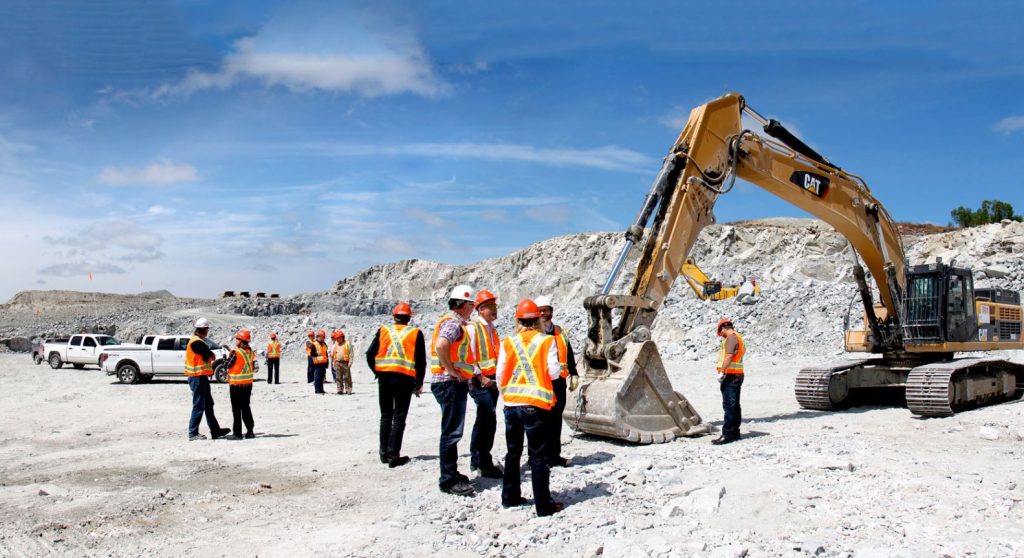Canada’s Critical Minerals Sector Needs Increased Investment and Policy Support, KPMG Survey Reveals

By Editorial Assistant
A recent survey by KPMG in Canada reveals that the sentiment within the Canadian mining industry is positive, with 91% of mining leaders optimistic about Canada’s potential to be a front-runner in critical minerals on the global stage.
Environmental, social, and governance (ESG) risks are paramount, and there is a specific focus on decarbonization.
However, the industry faces substantial hurdles, particularly with scope 3 emissions, which are challenging due to indirect emissions that occur within the value chain.
Raising capital emerges as a significant barrier, accompanied by financial challenges such as slumping commodity prices. Operators are confronted with regulatory complexities and the length of permitting timelines, which put pressure on their ‘right to operate.’
The critical minerals sector is confronted with the issue of underinvestment. KPMG’s findings indicate that 98% of leaders agree the sector needs enhanced investment, cementing the necessity of financial influx for exploration and development.
“Canada has put its stake in the ground on critical minerals, but it’s clear the industry requires much more support before Canada can be a viable and sustainable global player in the transition to a green economy,” says Heather Cheeseman, Partner, and National Mining Leader for KPMG in Canada. “While more than nine in 10 mining decision makers are optimistic about the potential for growth, mining companies are having to deal with many unique challenges, including permitting delays, reducing their carbon footprint, and the ongoing challenge of raising capital. Slumping commodity prices is making it all the more challenging.”
The mining leaders call for a stronger commitment from the government, alluding to the need for infrastructure that would enable faster progress through exploration stages to actual mine development.
For Canada to actualize its mining ambitions, favourable tax policies are deemed essential by the industry. Innovative tax measures could stimulate investment and help build the necessary frameworks for the critical minerals industry to evolve.
Time-consuming permitting processes are identified as a significant bottleneck to growth, reinforcing the importance of addressing regulatory procedures to hasten the industry’s progress.
A critical focal point for the industry is the enhancement of domestic smelting and refining capacities. Without advancement in this area, Canadian mining will continue to face limitations in its operational capabilities.
A minority of companies have pledged to reduce carbon emissions across all scopes by 2050 or before. The necessity to devise and implement carbon reduction strategies is accentuated by investor scrutiny regarding decarbonization endeavors.
The federal Critical Mineral Exploration Tax Credit is recognized for its ability to finance and forward the exploration activities of critical minerals, though industry leaders express concern over its complexities and constraints.
The industry is apprehensive about the future of the 15% federal Mineral Exploration Tax Credit, worrying it may not be renewed, which could impact the exploration of critical minerals.
“Canada has a long history of using unique tax mechanisms to encourage mineral exploration and development,” says Mr. Long. “Flow-through shares continue to be an important source of mineral exploration financing. As the critical minerals industry evolves, innovative federal and provincial tax policies will be needed to spur domestic investment.”
The complexity of current tax credits, such as the CMETC, and the desire to extend the flow-through shares tax benefits to other non-critical minerals are common sentiments among mining leaders, pointing to a need for more streamlined and inclusive financial incentives.
